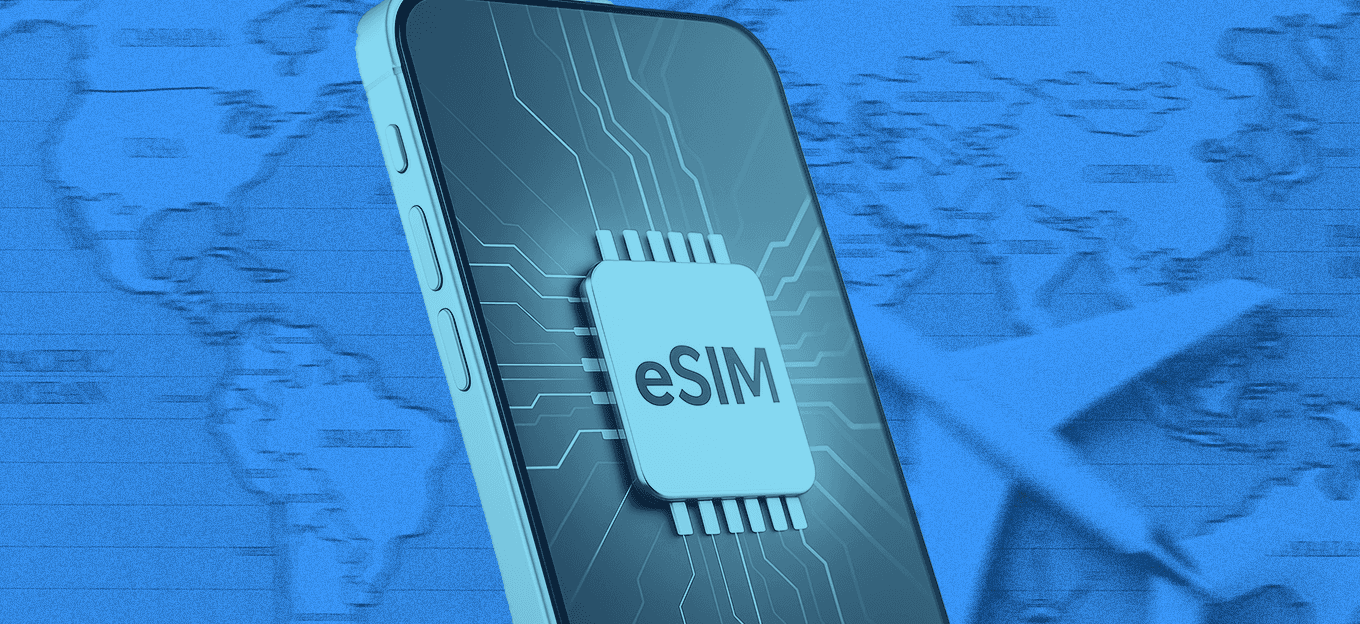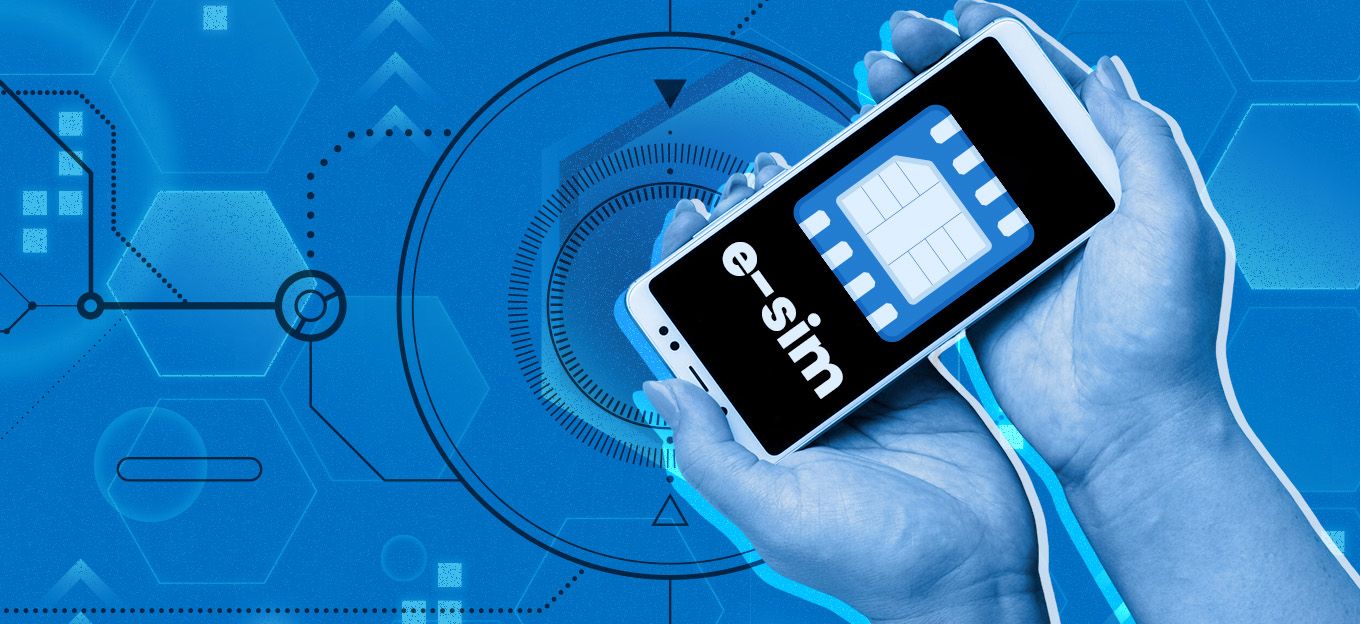Demystifying the Differences Between SIM, eSIM and iSIM
Demystifying the Differences Between SIM, eSIM and iSIM
- Last Updated: December 2, 2024
TEAL
- Last Updated: December 2, 2024



If you’ve been in the IoT industry for any length of time, you’ve likely heard the terms SIM, eSIM, and/or iSIM. However, understanding the similarities and differences between the three can be challenging without the proper context.
SIM
To start, the term “SIM” refers to a traditional, java-based UICC card that was designed to be physically inserted and/or removed from a device. The first SIM card was developed in 1991 and is an integrated circuit running a card operating system (COS) intended to securely store a single international mobile subscriber identity (IMSI) number and its related keys. These keys are used to identify and authenticate a subscriber on a single network. While these cards have been in circulation for over three decades and are still the primary option for many consumer devices, they lack the technological capabilities required for most IoT applications. Fortunately, the evolution of eSIM solves many of the constraints and limitations of traditional SIM technology.
eSIM
eSIM can either describe an embedded SIM card (hardware) or the electronic network access credential information downloaded to a device (software). With true eSIM tech, device operators can switch networks over-the-air (OTA) and dynamically change the identity (i.e., IMSI) of a subscriber remotely. Further, with this tech, when a device wakes up, and operational profile can be pushed down OTA - meaning the IMSIs stored on a card can change over time and be assigned/re-assigned dynamically. eSIMs come in multiple form factors similar to a traditional SIM, as eSIMs can be a physical, insertable chip (2FF/3FF/4FF). However, unlike traditional SIMs, eSIMs can also be soldered onto the motherboard of a device (MFF2).
Learn more about the similarities and differences between SIM, eSIM, and iSIM.
With traditional SIM/UICC technology, mobile network operators (MNOs) must pre-install network carrier credentials onto a SIM card. This provides manufacturers and operators the opportunity to access and download network carrier profiles over-the-air (OTA) rather than physically removing a SIM card to change network credentials. On the other hand, with eSIM/eUICC technology, downloading network credentials can occur post-distribution.
iSIM
Another term still in its infancy is iSIM or “Integrated SIM.” iSIM moves all of the functionalities and benefits of eSIM into a device’s permanent hardware and operating system. Unlike eSIM, iSIM doesn’t rely on a separate memory chip and controller. Instead, it enables original equipment manufacturers (OEMs) and processor design companies the ability to design system-on-chip (SOC) architectures that integrate SIM functionality with an existing onboard processor and cellular modem. This changes the way device makers can both deliver and access cellular capabilities for compatible devices. As previously mentioned, this technology is still early in its development, and thus there are many moving parts to how it should be all work.
As a result, leveraging iSIM today for real-world deployments is currently limited. But how about tomorrow? As we have seen with eSIM technology, not all eSIMs are created equal; there are differences in Card OS, Platform, and operator availability that impact the overall connectivity experience and control for the end-user. These same complications apply to iSIM, but now there is less freedom for the IoT manufacturing channels to replace the default connectivity offering if it's not to their liking. Many hope that when iSIM really starts to pick up, processor OEMs will allow more customization options - such as picking your iSIM OS environment and connectivity platform.
We’ve provided further helpful details on the similarities and differences between SIM, eSIM, and iSIM in the table below:
The Most Comprehensive IoT Newsletter for Enterprises
Showcasing the highest-quality content, resources, news, and insights from the world of the Internet of Things. Subscribe to remain informed and up-to-date.
New Podcast Episode

IoT and AI in 2026
Related Articles



